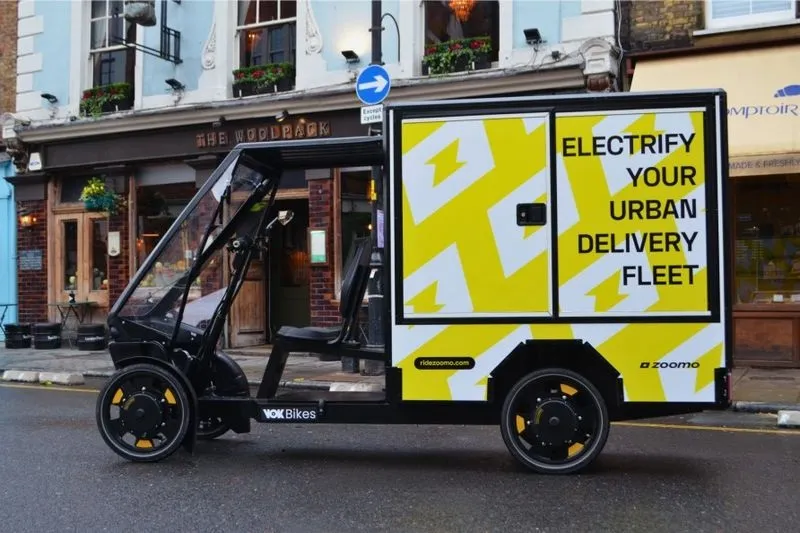The United States Postal Service (USPS) has awarded electric car pioneer ZAP an engineering contract for the design and development of an electric version of its Long Life Vehicle (LLV).
February 2, 2012
Read time: 1 min
The United States Postal Service (577 USPS) has awarded electric car pioneer
575 ZAP an engineering contract for the design and development of an
electric version of its Long Life Vehicle (LLV).
The USPS operates a fleet of approximately 142,000 LLVs as part of the largest civilian fleet in the world, according to USPS sources, with 218,684 vehicles travelling more than 1.25 billion miles each year. The USPS fleet consumed 444 million gallons of fuel in 2009, costing roughly US$1.1 billion.
The USPS operates a fleet of approximately 142,000 LLVs as part of the largest civilian fleet in the world, according to USPS sources, with 218,684 vehicles travelling more than 1.25 billion miles each year. The USPS fleet consumed 444 million gallons of fuel in 2009, costing roughly US$1.1 billion.








